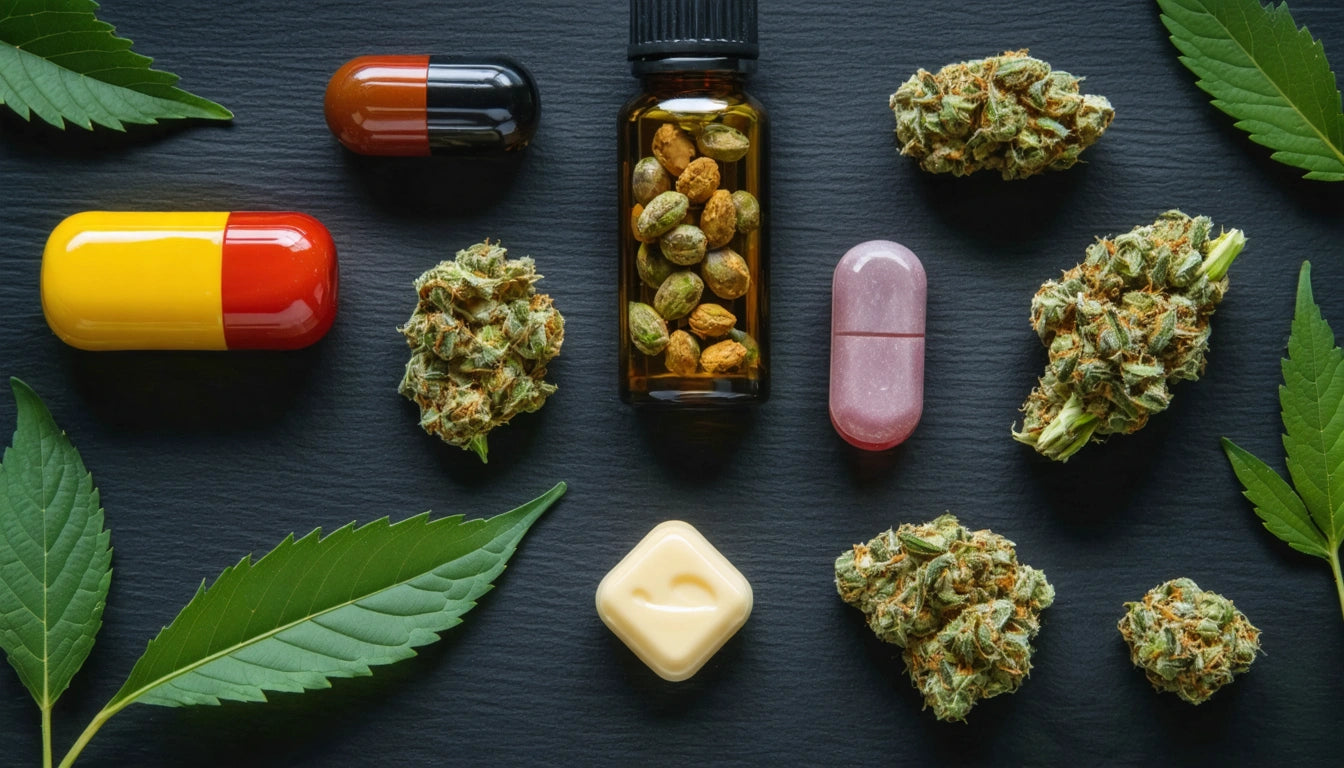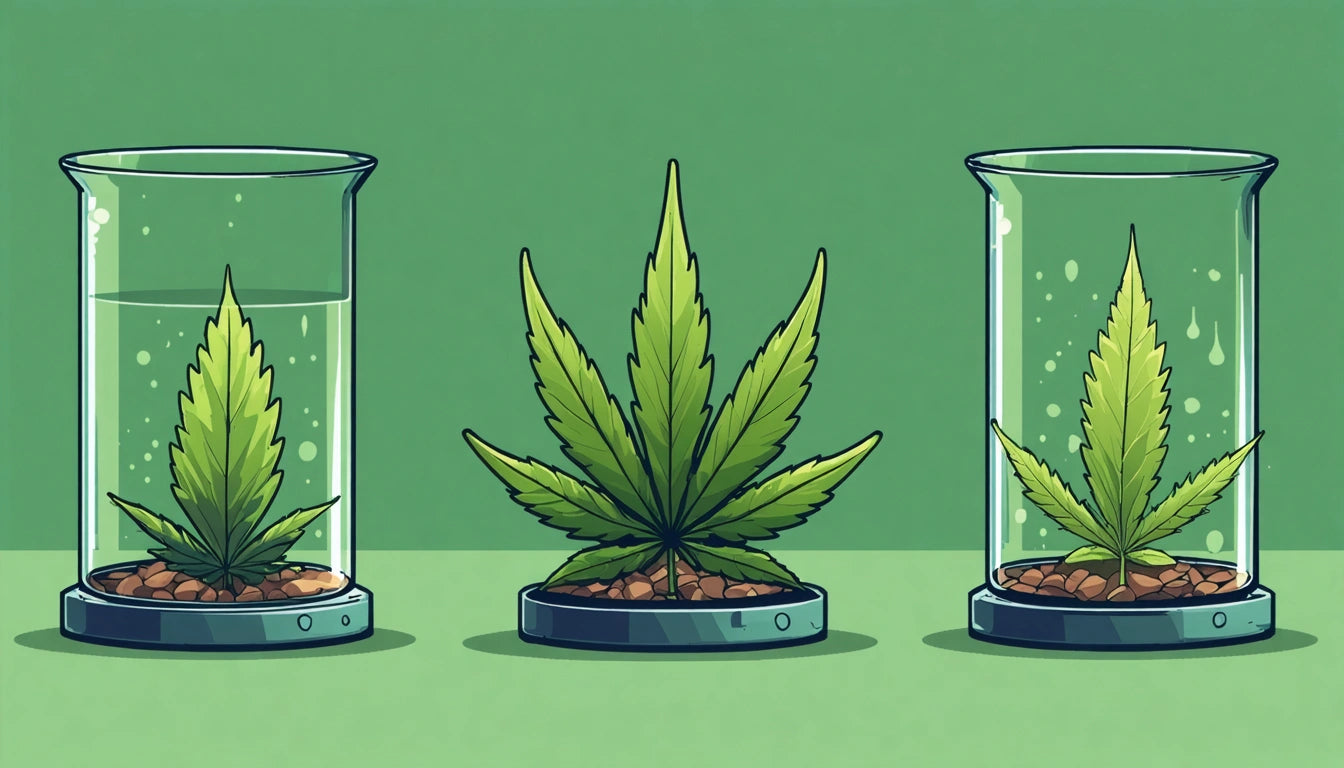Table of Contents
How Long Does Weed Stay in Your System for a Urine Test?
Cannabis consumers often wonder how long weed stays in their system, particularly when facing a urine test. Whether for employment screening, legal compliance, or personal knowledge, understanding the detection window for cannabis in urine is essential information. This comprehensive guide examines the factors that influence how long weed remains detectable in urine tests and what you can expect based on your consumption patterns.
Detection Windows for Cannabis in Urine Tests
The duration that cannabis remains detectable in urine varies significantly based on usage patterns. Urine tests can detect weed for different periods depending on how frequently you consume:
- Single use (first-time or occasional user): 3-5 days
- Moderate use (2-4 times per week): 5-10 days
- Heavy use (daily): 10-30 days
- Chronic heavy use (multiple times daily): 30+ days, potentially up to 90 days
These timeframes represent general guidelines. Individual results may vary based on personal factors and the sensitivity of the testing method employed.
Factors Affecting How Long Weed Stays in Your System
Consumption Frequency and Quantity
The most significant factor in how long weed stays in your system for a urine test is your consumption pattern. THC, the primary psychoactive compound in cannabis, accumulates in fat cells with regular use. This accumulation creates a longer detection window for frequent users compared to occasional consumers.
Metabolism and Body Composition
Individual metabolic rates and body composition significantly impact how long weed remains detectable. People with faster metabolisms generally process and eliminate THC more quickly. Additionally, since THC is fat-soluble, individuals with higher body fat percentages may retain cannabinoids longer than those with less body fat.
Hydration and Physical Activity
Proper hydration supports kidney function, which may help expedite the elimination of THC metabolites. Similarly, regular physical activity can increase metabolism and potentially reduce detection times. However, intense exercise shortly before a test might temporarily increase THC levels in urine as stored metabolites are released from fat cells.
Highlight: Cannabis storage conditions can affect potency and detection times. Many consumers use humidity control products to maintain optimal moisture levels in their stored cannabis, which helps preserve cannabinoid content and ensures more consistent effects.
Understanding THC Detection Thresholds
Urine tests don't detect THC directly but rather look for THC-COOH, a metabolite produced when your liver processes THC. Most standard urine tests use a cutoff level of 50 nanograms per milliliter (ng/mL). Some confirmatory tests may use a lower threshold of 15 ng/mL, making them more sensitive to detecting cannabis use over longer periods.
Marijuana detection times in urine tests depend largely on these threshold values. Higher cutoff levels mean shorter detection windows, while lower thresholds extend the period during which use can be detected.
Urine Testing Methods and Accuracy
Immunoassay Screening
Most initial urine tests use immunoassay screening, which is relatively inexpensive and provides quick results. These tests can sometimes produce false positives from substances like ibuprofen, naproxen, or even certain foods like poppy seeds. For this reason, positive results are typically followed by confirmatory testing.
Gas Chromatography/Mass Spectrometry (GC/MS)
This confirmatory method provides more accurate results and specifically identifies THC-COOH. GC/MS testing eliminates most false positives and can detect lower concentrations of cannabis metabolites, potentially extending the detection window for weed in urine tests.
Preparation Strategies for Cannabis Urine Tests
If you're anticipating a urine test for cannabis, several evidence-based approaches may help:
- Abstinence: The most reliable method is to stop consuming cannabis products well before your test, based on your usage patterns.
- Hydration: Drinking plenty of water helps dilute urine, though excessive dilution may be flagged as suspicious.
- Diet and exercise: A balanced diet high in fiber and regular exercise support your body's natural detoxification processes.
- Avoid first-void urine: THC metabolite concentrations are typically highest in the first urine of the day.
Understanding how urine drug testing works can help you make informed decisions about cannabis use relative to potential testing situations.
Future Considerations in Cannabis Testing Technology
As cannabis legalization expands, testing methodologies continue to evolve. Newer approaches focus on determining recent use rather than detecting historical consumption. This shift acknowledges that detecting THC metabolites weeks after use doesn't necessarily indicate impairment or current use.
Some employers in states with legal cannabis are modifying their drug testing policies to focus on impairment rather than presence of metabolites. Additionally, more accurate testing methods that can better distinguish between active THC and its non-psychoactive metabolites are being developed.
Understanding how long weed stays in your urine helps consumers make informed decisions about their cannabis use, particularly in contexts where testing may occur. While the general detection windows provide useful guidelines, individual factors significantly influence how quickly your body eliminates cannabis compounds.











Leave a comment
All comments are moderated before being published.
This site is protected by hCaptcha and the hCaptcha Privacy Policy and Terms of Service apply.